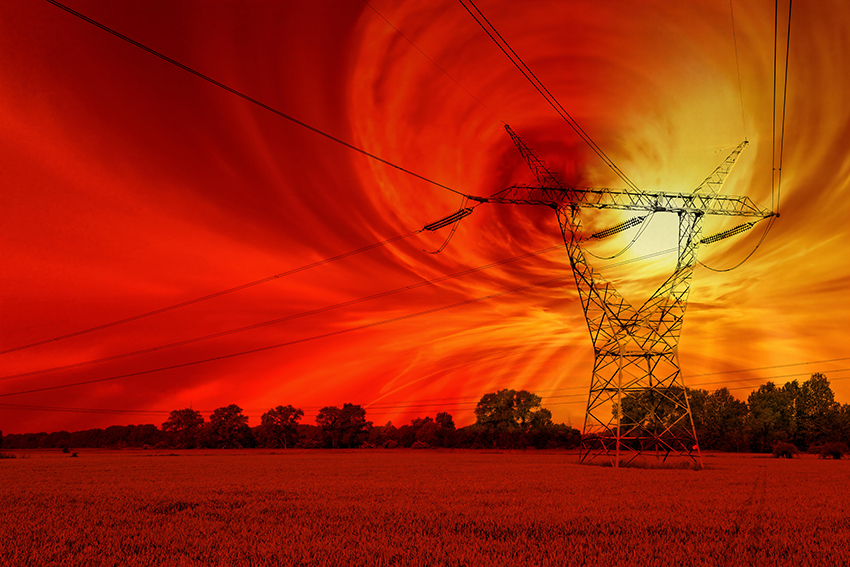In the vast expanse of space, our sun is not just a celestial beauty but a dynamic force capable of unleashing powerful solar storms. These storms, while captivating in their cosmic ballet, pose a significant threat to our technological infrastructure, particularly our Wi-Fi networks and electric grids. This essay delves into the phenomenon of solar storms, their potential impact on Wi-Fi and the electric grid, and measures to mitigate their effects.
Solar storms, also known as solar flares or coronal mass ejections (CMEs), are eruptions of highly charged particles from the sun’s atmosphere. These events are often triggered by magnetic disturbances on the sun’s surface, resulting in the release of vast amounts of energy into space. While Earth’s magnetic field typically deflects the majority of these particles, intense solar storms can penetrate the magnetosphere, leading to various consequences.
One of the primary concerns regarding solar storms is their potential to disrupt Wi-Fi networks. Wi-Fi operates on radio frequencies, which can be influenced by fluctuations in Earth’s magnetic field caused by solar activity. During severe solar storms, the increased influx of charged particles can interfere with these radio frequencies, leading to signal degradation or even complete outages.
The effects of solar storms on Wi-Fi can manifest in several ways. Increased atmospheric ionization can cause signal attenuation, reducing the range and reliability of Wi-Fi connections. Moreover, electromagnetic disturbances induced by solar activity can introduce noise into the radio spectrum, further degrading signal quality. In extreme cases, particularly during geomagnetic storms, widespread Wi-Fi disruptions may occur, affecting communication networks and internet access.
In addition to Wi-Fi networks, solar storms pose a significant risk to electric grids. The Earth’s magnetic field serves as a shield against solar radiation, but during intense solar events, geomagnetic disturbances can induce electric currents in power lines and transformers. These geomagnetically induced currents (GICs) can overload and damage critical components of the electric grid, leading to widespread blackouts and infrastructure damage.
The vulnerability of electric grids to solar storms is particularly concerning due to our increasing reliance on electricity for essential services and modern living. Power outages caused by solar-induced grid disturbances can disrupt communication systems, transportation networks, healthcare facilities, and economic activities, posing significant risks to public safety and societal stability.
Addressing the threat of solar storms requires proactive measures to mitigate their potential impact on Wi-Fi and electric grids. Enhanced monitoring and early warning systems can provide valuable insights into solar activity, enabling operators to prepare for potential disruptions. Additionally, the development of resilient infrastructure designs, such as hardened electric grid components and redundant communication systems, can enhance the resilience of critical services to solar-induced disturbances.
Furthermore, research into advanced forecasting techniques and space weather modeling can improve our understanding of solar dynamics and aid in the prediction of geomagnetic storms. International collaboration and coordination are also essential to develop standardized response protocols and facilitate information sharing during solar events.
Solar storms represent a formidable challenge to our technological infrastructure, with the potential to disrupt Wi-Fi networks and electric grids. While the threat of solar-induced disruptions cannot be eliminated entirely, proactive measures can help mitigate their impact and enhance the resilience of critical services. By investing in research, infrastructure upgrades, and international cooperation, we can better prepare for the challenges posed by solar activity and safeguard our connectivity and power systems against the forces of the cosmos.
Read the full article here




